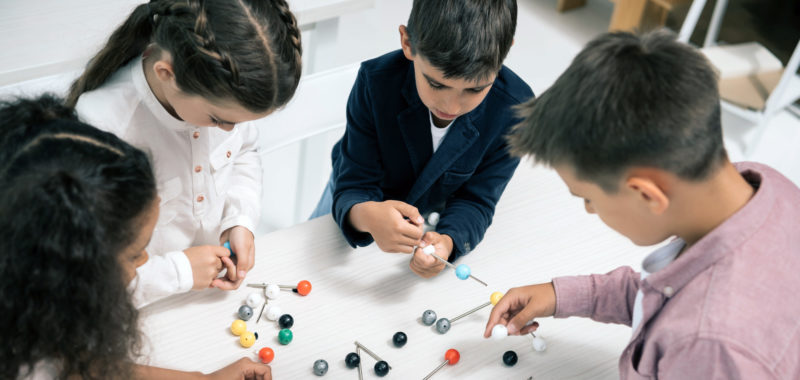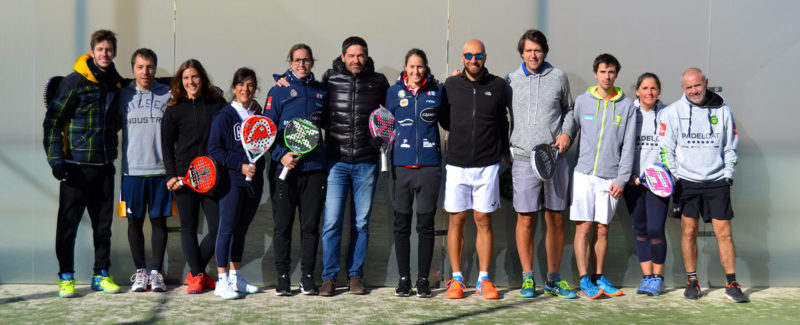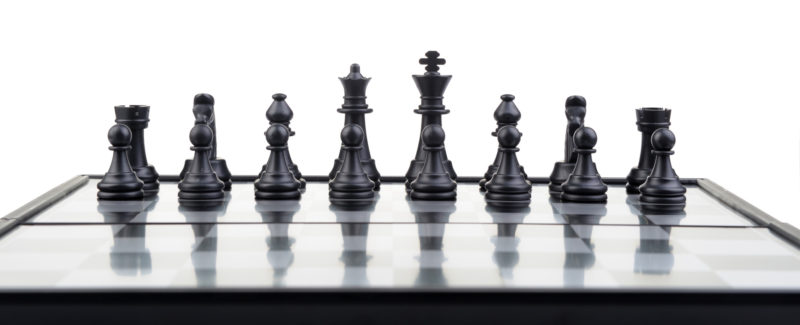
Back in 2008 I had taken an NLP course which proved to be quite useful. One of the most important things I had learnt in the course is that people have different representational systems that they use to learn things. It’s important to understand what representational system the person you are communicating uses, because only then can you communicate in the most effective manner.
At the time I was teaching, and this insight helped me change the way I delivered lessons to make sure I covered everyone’s preferred way of learning. In a class setting it was very easy to see how true these systems are, and I achieved very good results with them.
So without further ado, here are the notes I had taken and published on my old blog. They are still as true now as they were back then, so I thought I’d re-publish this here.
Representational systems are used to identify how people learn and remember things. Being aware of the four representational systems and the preferred preference of a person will help you communicate better.
“When you’re learning about people’s strategies to understand how they make a decision, you also need to know their main representational system so you can present your message in a way that gets through” -Anthony Robbins
Here is a description of the four representational systems. Further down you can also find a link to a test which will help you identify your preferred system.
V:Visual
People who are visual often stand or sit with their heads and/or bodies erect, with their eyes up. They will be breathing from the top of their lungs. They often sit forward in their chair and tend to be organized, neat, well-groomed and orderly. They memorize by seeing pictures, and are less distracted by noise. They often have trouble remembering verbal instructions because their midns tend to wander. A visual person will be interested in how your product LOOKS. Appearances are important to them. They are often thin and wiry.
A: Auditory
People who are auditory will move their eyes sideways. They breathe from the middle of their chest. They tipically talk to themselves, and are easily distracted by noise (some even move their lips when they talk to themselves). They can repeat things back to you easily, they learn by listening, and usually like music and talking on the phone. They memorize by steps, procedures, and sequences (sequentially). The auditory person likes to be TOLD how they’re doing, and responds to a certain tone of voice or set of words. They will be intersted in what you have to say about your product.
K: Kinesthetic
People who are kinesthetic will typically be breathing from the bottom of their lungs, so you’ll see their stomach go in and out when they breathe. They often move and talk very slowly. They respond to physical rewards, and touching. They also stand closer to people than a visual person. They memorise by doing or walking though something. They will be interested in your product if it “feels right”.
AD: Auditory Digital
This person will spend a fair amount of time talking to themselves. They will want to know if your product “makes sense”. The auditory digital person can exhibit characteristics of the other major representational systems. AD people prefer logic, facts and thoughts to feelings. They often have conversations going on inside their heads, and can sometimes have difficult sleeping because they can’t switch off at the end of the day.
AD people like to think things through, and make sense of the world with logic, facts and figures. They can sometimes be oblivious to their physical comfort or discomfort, as they often think about how they feel rather than just feeling it. Sometimes they may confuse a conversation they had in their mind with an actual conversation, which can get them in trouble! Approximately 10% of the population are Auditory Digital.
Are you ready to discover your preferred representational system? Take the representational test now!
How to practice what you’ve learnt
Your exercise this month is to pick a significant person in your life and listen to the types of words they use. You will notice they will probably use all types of the visual, auditory and kinesthetic words…but one type will usually predominate. Then practice translating your language to their system.
If they say “I don’t see your point,” don’t say “Let me repeat it,” instead say “Let me show you what I mean.”
If they say “What you’re suggesting doesn’t feel right to me,” don’t say “Take a different view,” instead say “Let’s touch upon the points another way.”
If they say “I’ve tuned you out,” don’t say “You’re insensitive,” instead say “Lets talk it over.”
Then practice with other people you know, and listen to conversations on radio or television to develop your skills. Eventually you will find yourself doing it automatically. Become aware of how other people think, become flexible in how you respond, and develop excellent communication skills.






